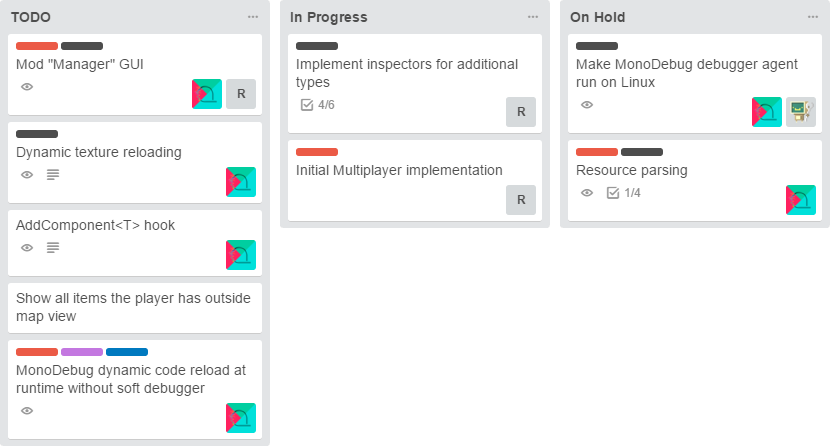

This was made worse when the Wii failed to offer many high-end games and made motion synonymous with kid’s games. However, the prevalence of these somewhat awkward schemes (similar to the prevalent but inefficient QUERTY keyboard layout) means that motion controls are often overlooked.

Or maybe you prefer a mouse and keyboard? One controls looking and the other controls movement.

Growing up playing video games has taught us that controllers with two sticks are a good way to move around a game. These games all have in common, a complex control system that can be put to use in imaginative and creative ways to get the edge over your opponents. Or it could be learning the complex move lists in a game like Street Fighter. Maybe it’s learning the perfect combination of angles and trajectories in Videoball. Or, perhaps, it’s using the limited running and jumping slightly better than other players to get a win in Fall Guys. This might be understanding how the propulsion of your car lets you take to the air and hit a perfect shot in Rocket League. Whether you rise through the league tables, or just improve compared to your family, the satisfaction or getting to grips with something so monumentally challenging is really satisfying. Rather than offering assistance, these games leave you to it. Rather than relying on the stats of your character or player, you have to execute the moves yourself with timing proficiency and instinct. Whereas many games simplify getting around, these games make the complexity and depth of their movement systems part of the joy of playing them. There are a small group of games that hone this challenge down to the mechanics of moving around the environment. It takes time to understand their systems, mechanics, objectives and worlds. When someone plays a game too much it’s easy to think they are taking an easy route to something entertaining, like junk food. Games offer us challenges on many levels.


 0 kommentar(er)
0 kommentar(er)
